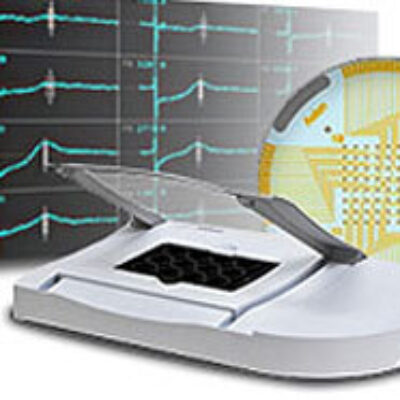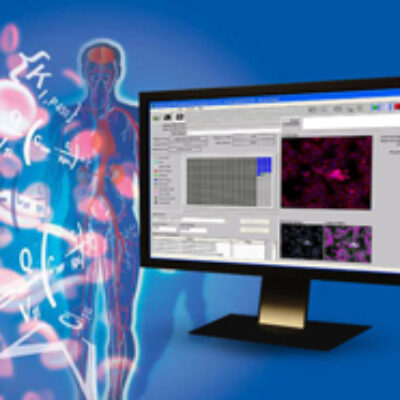Cyprotex ADME-Tox Solutions
Cyprotex enables and enhances the prediction of human exposure, clinical efficacy and toxicological outcome of a drug or chemical. By combining quality data from robust in vitro methods with contemporary in silico technology, we add value, context and relevance to the ADME-Tox data supplied to our partners in the pharmaceutical or chemical industries.
Cyprotex serves a number of different industries including the pharmaceutical and biotech, personal care and cosmetics, household products, and the chemical and agrochemical industries. We offer a comprehensive range of different services in the following areas:
Download Our Easy-to-Follow Guides
- ADME Guide 12.33 MB
- DDI Regulatory Guide 362.941 KB
- Mechanisms of Drug-induced Toxicity Guide 5.292 MB



